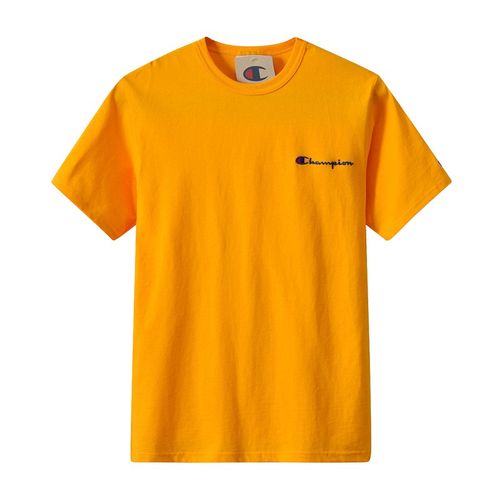The size measurement of customized personalized clothing is very important, which directly affects the fit and wearing comfort of the customized clothing. Below I will explain in detail some common custom clothing size measurement methods.
1. Height:
Height is an indicator of measuring the vertical height of an individual. This is usually done using a ruler or a wall ruler. The person being tested should stand upright with feet together and in close contact with the wall. Place a ruler or compass above the person’s head and make sure it is in vertical contact with the wall. Record the height of the person being measured.
2. Weight:
Weight is an indicator that describes the quality of an individual. Use an accurate scale to take measurements. The person being measured should take off excess clothing to ensure accurate weight measurement. Stand on the scale, maintain balance, and record the person’s weight.
3. Chest:
Chest is an important dimension for measuring chest circumference. Use a tape measure to measure the circumference of your chest at its widest point. The person being measured should stand upright, with arms raised, and the tape measure should be passed horizontally around the widest part of the chest. Make sure the tape measure is not tight or loose and record the person’s chest circumference.
4. Waist:
Waist is a measurement of the circumference of the narrowest part of the abdomen. Use a tape measure to measure the circumference of your waist at its narrowest point. The person being tested should stand up straight, breathe easily and keep their abdomen drawn in. The tape measure should be placed horizontally around the narrowest point of the waist, making sure the tape is neither tight nor loose, and record the person’s waist circumference.
5. Arm Length:
Arm length is an important indicator for measuring arm length. The person being tested should lower their arms naturally and extend their arms vertically to their sides. Use a tape measure to measure arm length from the lateral distance from the top of the shoulder to the wrist joint, and record the subject’s arm length.
6. Shoulder Width:
Shoulder width is an important dimension for measuring shoulder width. The person being tested should stand upright with arms hanging naturally, and be careful not to stretch too hard. Use a tape measure to measure the lateral distance from the top of one shoulder to the other and record the subject’s shoulder width.
In addition to the above-mentioned common sizes, other specific sizes may also need to be measured according to different customized clothes, such as collar circumference, hip circumference, thigh circumference, etc. When making dimensional measurements, you need to use reliable tools and strictly follow the measurement methods to ensure the accuracy of the measurement results.
Finally, it is recommended to find a professional customization master before customizing clothes. They can provide you with accurate size measurements and personalized suggestions to ensure customization. Clothes that fit your body perfectly.






